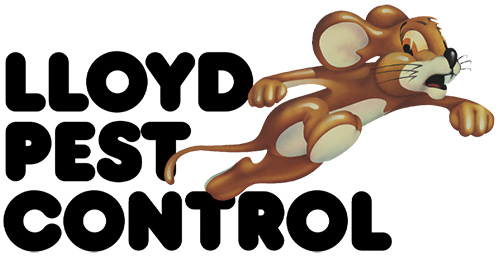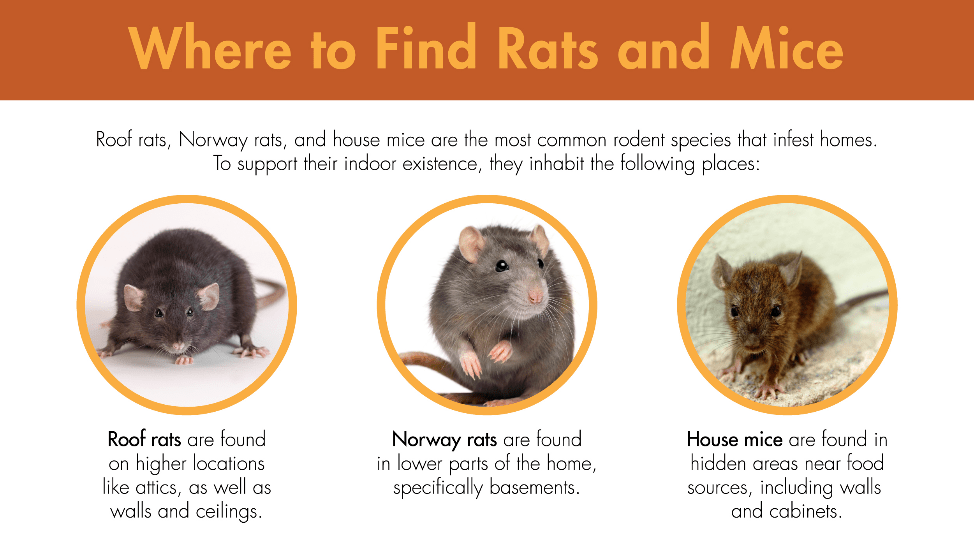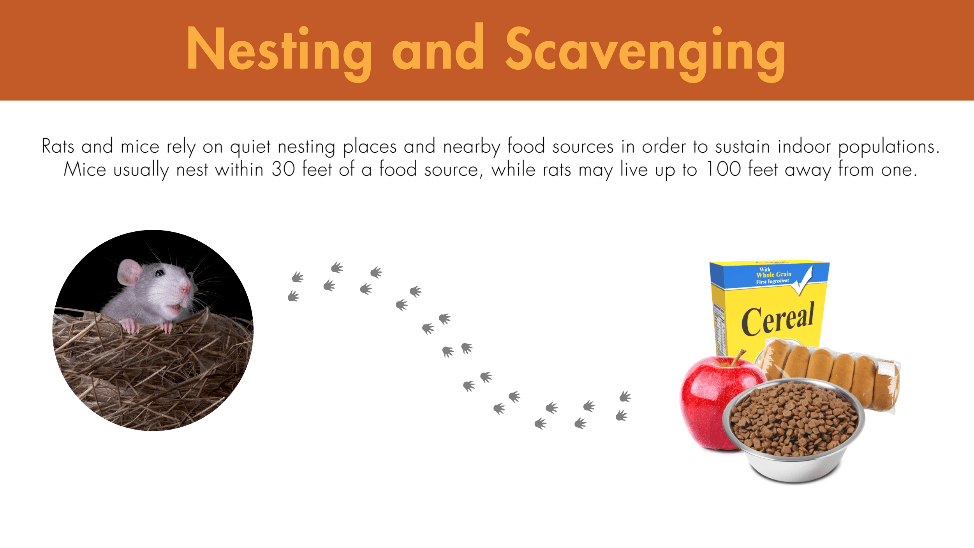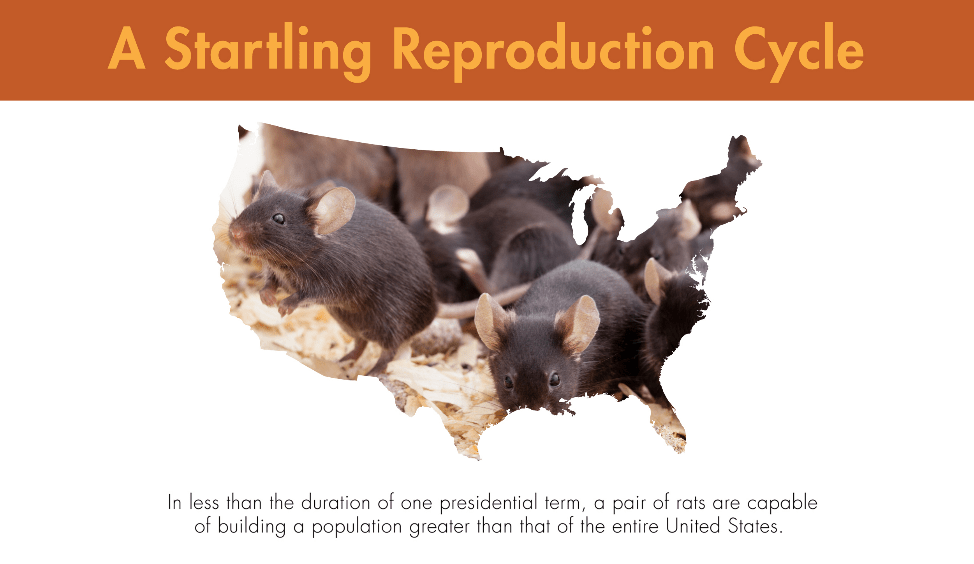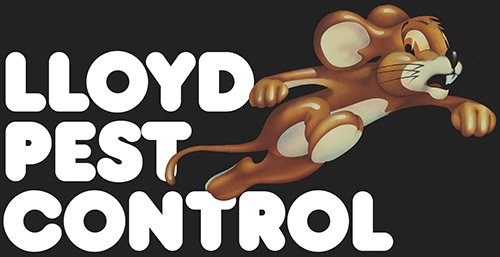- Termite Control
- ResidentialCommon Residential Pests
Lloyd Pest Control is the leader in bed bug and termite control in San Diego, Orange and Riverside counties. We’re so certain that you’ll be ecstatic with our service that we’re proud to offer a 100% money-back guarantee!

- BusinessCommercial Pest Control
Your business is your business, but when you’ve got pests, it’s our business. At Lloyd Pest Control, we can help you keep doing business without the unplanned guests.

- Service Areas
- Why Lloyd?
- Free Quote
Your Home, Their Haven: All About Rodents’ Love of the Indoors
Rodents
Rodents – they’re everywhere. But more often than not, it seems like they end up inside our homes. It doesn’t help that they’re biologically equipped to cause major problems, quickly multiplying in number, spreading disease, and destroying property. A single mouse scurrying across your floor may turn into a problem, while an entire family of mice is likely to turn into an epidemic. Rodents may come indoors for a variety of reasons, but Lloyd Pest Control shares what you can do about it.
The Most Despised of Mammals
Because rodents are mammals, it makes sense why they take shelter in Southern California homes. They do it for the same reason we do: to find a comfortable spot to eat, sleep, and raise their young away from outdoor weather hazards. Not surprisingly, the types we typically encounter are the most agile and determined rodent species: roof rats, Norway rats, and house mice.
Good at Getting In
Rats and mice may be small, but they sure are skilled. Even with a weak sense of sight, their strong sense of touch and taste are enough to guide them to a more comfortable environment. Once there, they get inside by putting their impressive climbing, jumping, and chewing abilities to use. They enter the following ways:
- Slipping through cracks and holes in walls (house mice can fit through a hole 1/4 of an inch wide)
- Crawling under doors (or simply sneaking in through open doors)
- Climbing onto roofs and slipping through openings (how do you think “roof rats” got their name?)
- Chewing into building material to create entrances of their own
- Tunneling through air vents and drain pipes
Sealing entry points is a good way to keep rats and mice out, but it’s not a perfect solution. That’s because, with incredibly hard teeth, rats are capable of chewing through brick, aluminum, and even cement. The most effective way of rodent prevention, then, is to not only seal cracks and holes, but to also make your home seem less appealing to rats and mice.
How Your Home Becomes a Haven
The major appeal your home has to rodents is the shelter and resources (think food and water). They know that to sustain populations, they need to protect themselves from outdoor predators. And who doesn’t like free-reign in an open pantry? Food and nesting spots are the prime reasons rodents will call your home their own – and the more available these are, the longer they’re likely to stay.
Nesting and Pestering
Like many other pests, rats and mice build makeshift nests to support colonies. In addition to gnawing an opening into homes, they’re also known to gnaw common household items like cardboard boxes, newspapers, and clothing into comfortable nests. While often difficult to spot, droppings and footprints are signs a nest is around.
Preventing the buildup of clutter is a surefire way to keep rats and mice from settling down – it eliminates the prevalence of hiding places and nesting materials. Your basement is likely a target (specifically, by Norway rats), meaning that deep cleaning you keep putting off may bring more benefits than you think. They look for warm spaces as well, so make sure to keep your attic (a prime spot for roof rats) clean and organized.
Scavenging and Ravaging
Rats and mice are scavengers: They seek food from the scraps we leave behind. In the wild, they usually feed on grains, berries, and nuts, but after coming indoors, they look for everything from crumbs to spills. As omnivores, they’ll go for just about anything, but they prefer:
- Cereal
- Seeds
- Fruit
- Vegetables
- Oils and fats
Rodents, like us, need water in order to survive. While mice are often able to live on the water in food alone, rats typically need a consistent source of standing water. This is where rats get creative, drinking out of pet water bowls, recently watered plants, leaky pipes, and kitchen or bathroom faucets.
For the most part, all it takes to prevent rodents is good hygiene and cleanliness. Seal all containers, keep food in the refrigerator, clean eating areas daily, and wipe up spills. The less potential contact rats and mice have with your food, the better. That’s because they spread salmonella, the infamous foodborne illness you usually get by eating uncooked meat.
The Issue That Gets Worse with Time
Salmonella isn’t the only concern regarding rats and mice. They carry dozens of diseases, spreading them via saliva, droppings, and urine (of which is nearly constantly trickling out as they run around, depositing several hundred droplets all across your home within a single day). So, you could say they’re a pretty big health hazard. In addition, because they often nest in walls, their chewing habits can lead to destruction of wiring and drywall as they infest. Altogether, rodents’ health and structural threats are a dangerous combination.
If that isn’t bad enough, they’re incredibly fast to reproduce; meaning their population and associated risks grow at an exponential rate. In fact, it was recently found that a pair of rats is capable of producing half a billion descendants in three years. It’s no surprise, then, that with so many homes in our region, they’ve become an epidemic. Don’t make it easy for them to take over your home – take action before it’s too late.
From Prevention to Treatment
As we’ve mentioned, prevention is a great first step in combatting the presence of rodents in your home. But they’re like a disease, capable of spreading despite our best efforts. When that happens, treatments like baits and traps are a good route to go. Remember, though, that although you may catch one rat, there may be others lingering elsewhere in your home. If your problem doesn’t seem to go away, it’s time you call in the professionals.
Pest Control as a Dependable Rodent Solution
At Lloyd Pest Control, we’re the rodent experts you need to eliminate rats or mice – no matter the extent of their infestation. We approach rodent problems with strategic, state-of-the-art extermination techniques to stop this pest at the source. We’ll inspect your home to determine which treatment is right for your home, then place traps, glue boards, and bait stations accordingly.
Contact Lloyd Pest Control to get the best solution for your Southern California home’s rodent epidemic.
